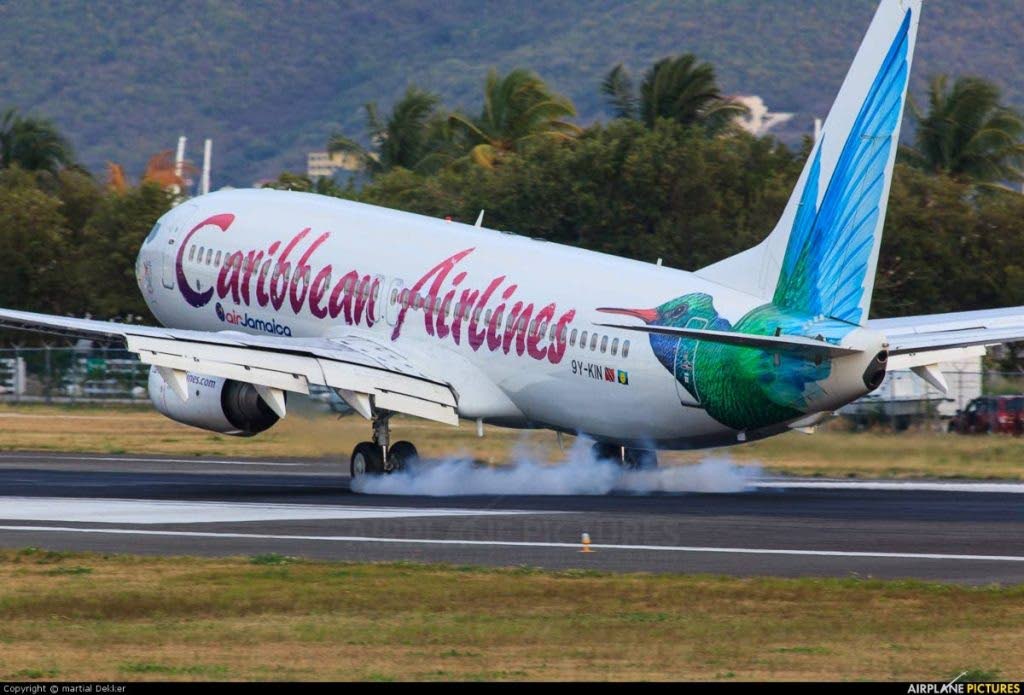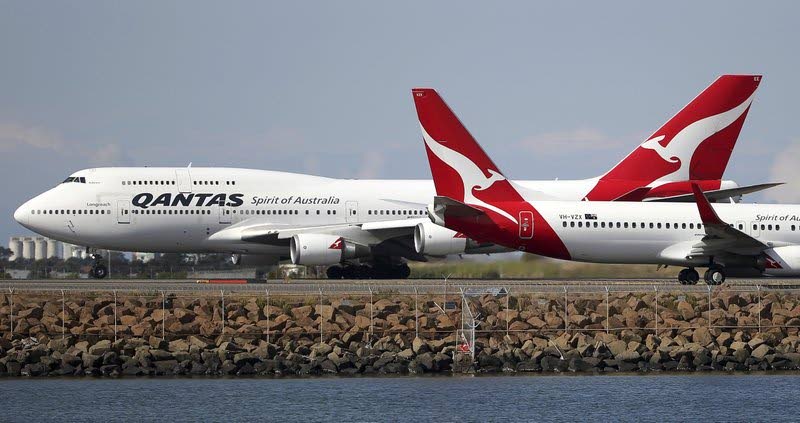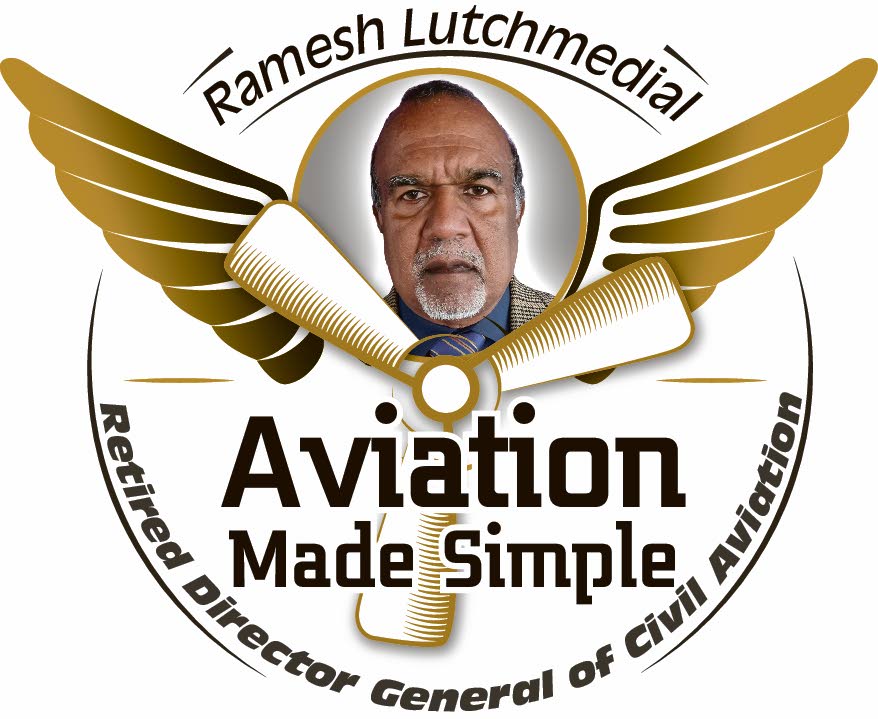Psychology of an airline logo

Last week’s column, Reinstating the Steelpan Logo on TT's Airline, provoked a broad spectrum of comments from numerous commentators, both locally and abroad.
There were arguments for and against, with the vast majority supporting the reinstatement of the steelpan logo on TT’s national airline. Some even went as far as to suggest that Trinidad and Tobago's’s flag-carrier, Caribbean Airlines Ltd (CAL) should be rebranded as TT Airways Ltd, with a steelpan logo, as it is taxpayer-owned and funded.
A few commentators suggested the Jamaican government should be consulted, since it partly owns CAL.
Others questioned the rationale for avian symbols in airline logos.
However, the most profound reaction came from one person who offered to design a steelpan logo for CAL at no charge.

Logos are designed to influence people’s emotions and behaviours. The symbols chosen by businesses for logos are intended to break through potential customers' inattention and create a deep psychological link with the business. Distinctive symbols are often used as they are something that customers can easily relate with memorability, thereby creating loyalty and trust.
Mankind’s fascination with the flight of birds triggered the dream of conquering the skies. It was realised by the Wright Brothers with their first powered flight on December 17, 1903.
Today, modern technologically-advanced commercial jet aircraft traverse the global skies
The majority of airlines use avian symbols in their logos because the bird symbolises flight and speed. The birds chosen in every instance had national significance to the airline.
American Airlines chose the eagle, the national bird of the US. The falcon is the national bird of the United Arab Emirates (UAE), and UAE Airlines, Gulf Air and Emirates have the falcon in their logos. The Zimbabwe bird evolved from the bateleur eagle, the national symbol of Zimbabwe as well as the logo of Air Zimbabwe.
Other airlines use non-avian symbols in their logos.
Qantas, the Australian flag-carrier, uses an image of the hopping kangaroo as its logo. The kangaroo is an Australian national symbol. Its use came about in the days of short-range propeller-driven aircraft which had to "hop" around several Asia-Pacific countries to fly from Australia to Europe.
Virgin Atlantic logo is the word Virgin, in white lettering against a red airfoil-shaped background. The Irish low-cost carrier Ryanair uses the winged harp, a national symbol of Ireland which is also on the Guinness logo.
Swissair's logo consists of a white cross against a red background shaped like the tail of an aircraft.
People are normally patriotic to their national airlines and particularly passionate about the airline logo, especially when it is linked to a national symbol.
Such was the case with the Alaska Airlines logo. In 1988, the management of the airline decided to replace the face of an Inupiat Eskimo, the traditional logo, with a stylised mountain. The reason for the change was that Alaska Airlines was expanding its route network into the US West Coast.

This proposal met with fierce resistance from airline employees and the population of Alaska, as the Eskimo had been the logo since 1972. A petition was sent to the state governor calling for the face of the Eskimo to be retained.
All 20 state senators supported a resolution in the Alaska Senate calling for the retention of the Eskimo face.
In 2016, as part of its rebranding, the iconic logo underwent a makeover depicting a smiling Eskimo.
It is important to understand how the Government of Jamaica acquired ownership in CAL.
On April 30 2010, Jamaica and TT signed a contribution and share-issuance agreement.
In May 2010, Finance and Public Service Minister Audley Shaw informed the Jamaican Parliament that under the agreement, Jamaica would designate CAL to operate certain lucrative routes formerly operated by Air Jamaica. In return, Jamaica would have a 16 per cent equity interest in CAL, valued at US$28.5 million on a fully diluted basis.
On May 26 2011, TT and Jamaica’s finance ministers inked a shareholder agreement which, among other things, gave Jamaica the right to nominate one director on CAL’s board, provided its shareholding is at least five per cent of CAL’s outstanding shares.
Jamaica's shareholding at present is estimated at 11.9 per cent, due to dilution.
CAL hired hundreds of ex-Air Jamaica employees, including pilots, flight attendants, engineers, mechanics and customer service staff.
During the first two years of the agreement, CAL lost millions of US dollars on some of the so called "lucrative" routes, because the Jamaican diaspora travelled on competing airlines.
CAL eventually dropped the loss-making routes.

Throughout CAL’s loss-making periods, such as during the pandemic, Jamaica, as a shareholder, never subsidised CAL operations, despite the fact that CAL employs significant numbers of Jamaican citizens.
Almost every country in the world has a national bird which invariably is on the country’s emblem.
TT has two national birds, the scarlet ibis and the cocrico. The scarlet ibis is the avian logo of TT’s National Investment Fund.
The national bird of Jamaica is a hummingbird commonly called the "doctor bird." This humming bird was on Air Jamaica’s logo from its inception.
The name Caribbean Airlines is acceptable, as it is strategic to CAL’s marketing thrust in the Caribbean region. However, it is highly untenable to have the hummingbird as CAL’s logo instead of the steelpan. Decision-makers must put their words into action and give the steelpan the recognition it deserves, as TT’s first Prime Minister Dr Eric Williams did in 1968.


Comments
"Psychology of an airline logo"